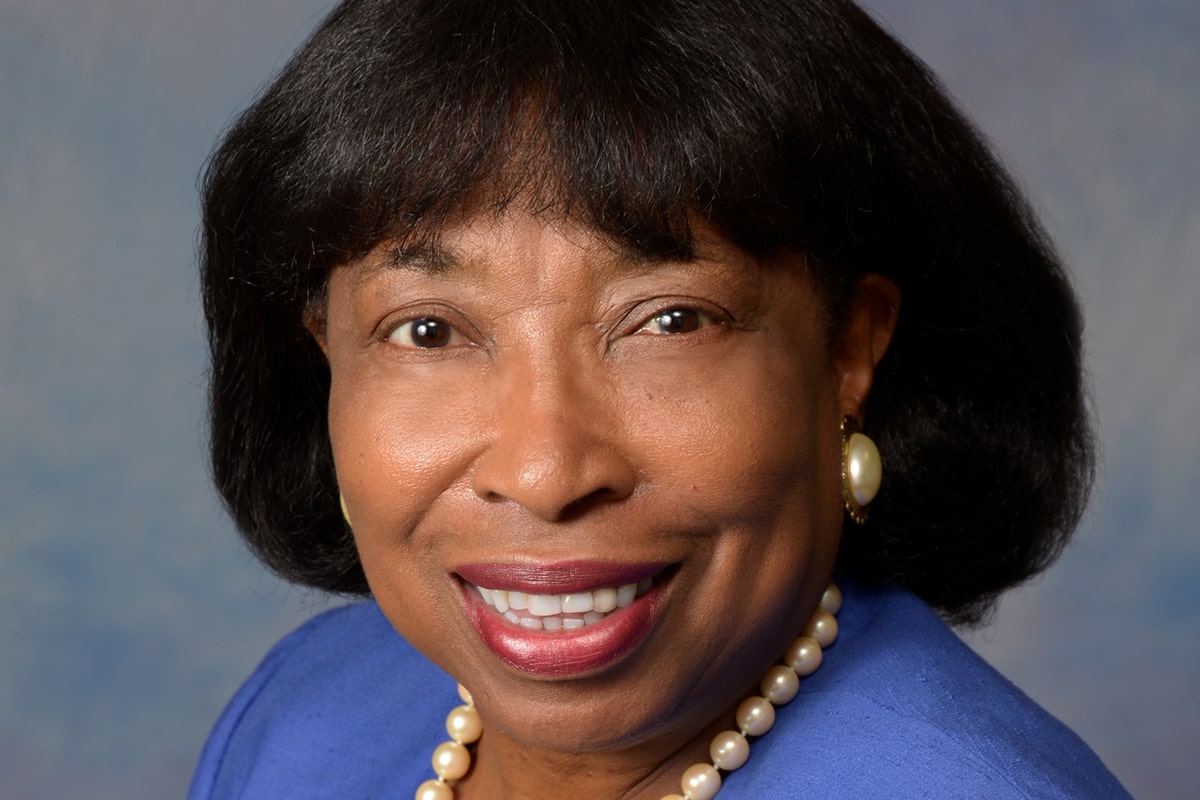
In 2018, as the nation commemorates the 150th Anniversary of the 14th Amendment, stakeholders in the justice system should reflect on our successes and failures along the continuum for equal justice, equal access, equal opportunity, and full inclusion. The 14th Amendment was ratified against the backdrop of slavery, exclusion of women and people of color, disenfranchisement, and white supremacy. It granted citizenship to all persons born or naturalized in the United States and declared that no state could deprive any person of life, liberty, or property “without due process of law.” As author Eric Foner writes in his essay The Checkered History of the Great 14th Amendment, it is “one of the most important constitutional Amendments in American history.” In the short run, Foner notes, the equal protection clause had little practical effect, as Southern white resistance and northern complacency resulted in a “new system of racial subordination” that sought to eliminate black voting, institutionalize racial segregation, and limit black economic progress. Foner provides important insight on the court’s evolving role in interpreting the 14th Amendment to develop the rights, powers, and relations for individuals and corporations that are protected today.
Now we must ask ourselves whether the courts face a crisis of confidence in our ability to make real the 14th Amendment’s promise of equal protection and equal opportunity.
More than 50 years ago, the National Conference of Christians and Jews surveyed public confidence in the fairness of court outcomes and found that minorities expressed significantly less confidence than whites in the fairness of court outcomes. The National Center for State Courts’ annual Public Trust and Confidence in the Courts surveys show similar trends continue today.
Notwithstanding civil rights statutes, aggressive enforcement, diversity training, and increased pluralization, people of color remain skeptical that they can receive fair and impartial justice in America’s courts. Implicit bias research provides a sound basis for much of that skepticism. Implicit bias is the process by which the brain uses “mental associations that are so well established as to operate without awareness, intention, or control.” (Mental Health Project Implicit FAQ, implicit.harvard.edu.) Because the bias is unconscious, a judge’s, jury’s, prosecutor’s, or attorney’s decisions and actions may rely on stereotypes that can negatively or positively influence actions, resulting in disparities that undermine the justice process and fuel a lack of confidence.
Research shows that “(1) the magnitude of implicit bias toward members of minority and disadvantaged groups is large, (2) implicit bias often conflicts with conscious attitudes, endorsed beliefs, and intentional behavior, (3) implicit bias influences evaluations of and behavior toward those who are the subject of the bias, and (4) self, situational, or broader cultural interventions can correct systematic and consensually shared implicit biases.” (Kang & Banaji, Fair Measures: A Behavioral Realist Revision of “Affirmative Action,” 94 Calif. L. Rev. 1063, 1064 (2006).)
I had the honor of chairing the American Bar Association project to develop a resource guide on implicit bias, Enhancing Justice Reducing Bias, for judges and lawyers. The work reaffirms for me that as judges, we must not only do justice, but we must also be seen as “doing justice.” Courts must embrace a larger role of working to improve the “fair administration of justice” and the perceptions of justice. Justice will be enhanced by strong reentry courts and other therapeutic courts, civic education, judicial outreach, diversity, implicit bias training, and other innovative programs that foster confidence and improve the fair administration of justice.
As we commemorate the sesquicentennial of the 14th Amendment, every stakeholder must recommit to working fervently to reach the promise of equal justice for every citizen!

BERNICE B. DONALD, Judge, U.S. Court of Appeals for the Sixth Circuit